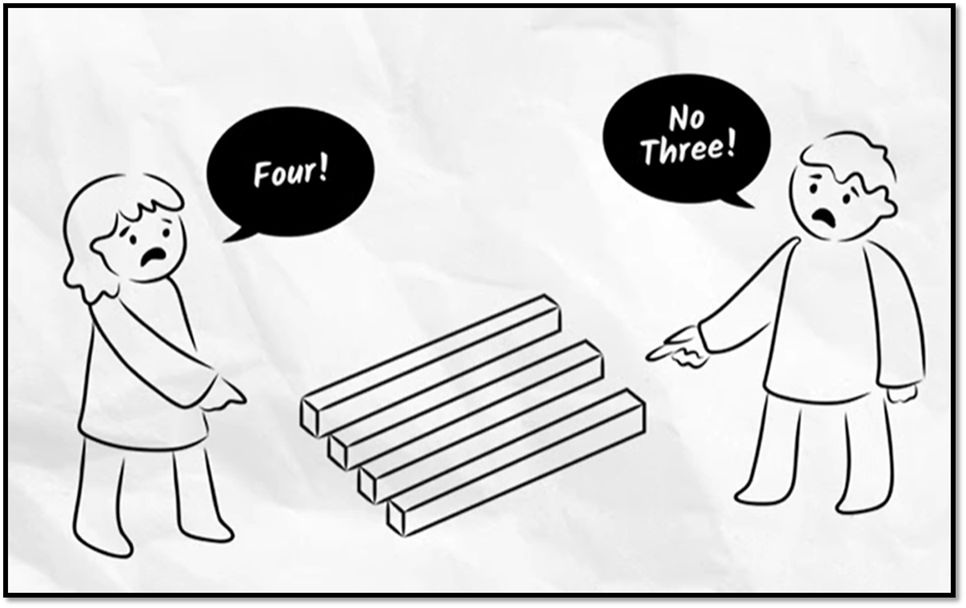
Historical Thinking Skills II
Learning Objectives
By the end of this unit, you will demonstrate skills for
historical thinking, geographical analysis, economic decision making, and
responsible citizenship by comparing and contrasting historical, cultural,
economic, and political perspectives in world history, explaining how indirect
cause-and-effect relationships impacted people, places, and events in world
history, analyzing multiple connections across time and place, using a
decision-making model to analyze and explain the incentives for and
consequences of a specific choice made, identifying the rights and
responsibilities of citizens and ethical use of materials and intellectual
property, and investigating and researching to develop products orally and in
writing.
Understanding Different Perspectives in World History
World history is a vast and fascinating field that
encompasses the stories, cultures, economies, and politics of people from around
the globe. To truly understand the richness and complexity of our world's past,
it is crucial to learn how to compare and contrast different historical,
cultural, economic, and political perspectives. This skill allows us to analyze
information, think critically, and develop a comprehensive view of world
events.
Comparing and
Contrasting Historical Perspectives
History is not just a list of dates and events; it is a
narrative shaped by the perspectives of those who lived through it. To compare
and contrast historical perspectives, we must first identify the sources of
information. Are we reading a diary entry from a soldier on the battlefield, a
speech by a political leader, or a historian's analysis written years after the
event? By understanding the context and the author's point of view, we can see
the similarities and differences in how events are interpreted.

Cultural Perspectives
Cultures around the world have diverse traditions, beliefs,
and values. When we compare and contrast different cultures in history, we are
examining how people lived, what they valued, and how they interacted with each
other and their environment. For example, comparing the artistic styles of the
Renaissance in Europe to those of the Edo period in Japan reveals differences
in aesthetic values and artistic techniques while also showing similarities in
the desire for beauty and expression.
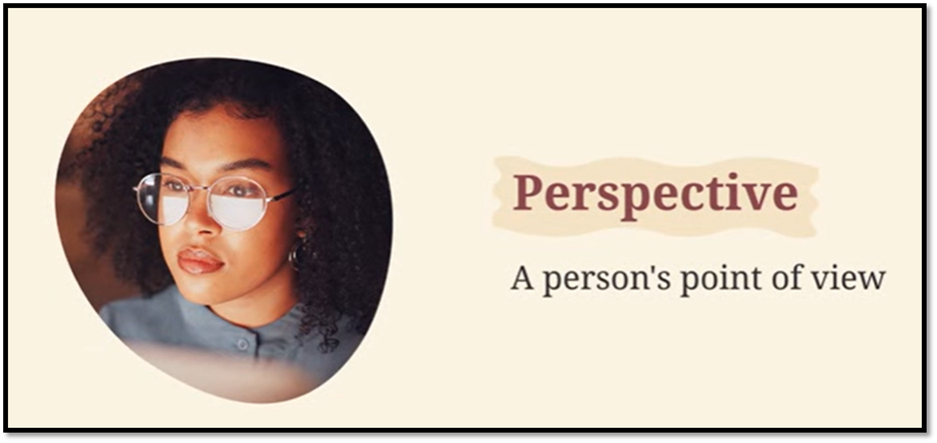
Economic Perspectives
Economies are the systems that societies use to produce,
distribute, and consume goods and services. By comparing and contrasting
economic perspectives in history, we can learn about the available resources,
the technologies used, and the established trade networks. This can reveal
patterns of wealth and poverty, as well as the impact of economic policies on
different segments of society.

Political Perspectives
Politics involves how societies organize themselves and make
decisions. Different political systems have governed societies throughout
history, from monarchies and empires to democracies and republics. By comparing
and contrasting political perspectives, we gain insight into the values and
ideas that shaped these systems and their conflicts and alliances.
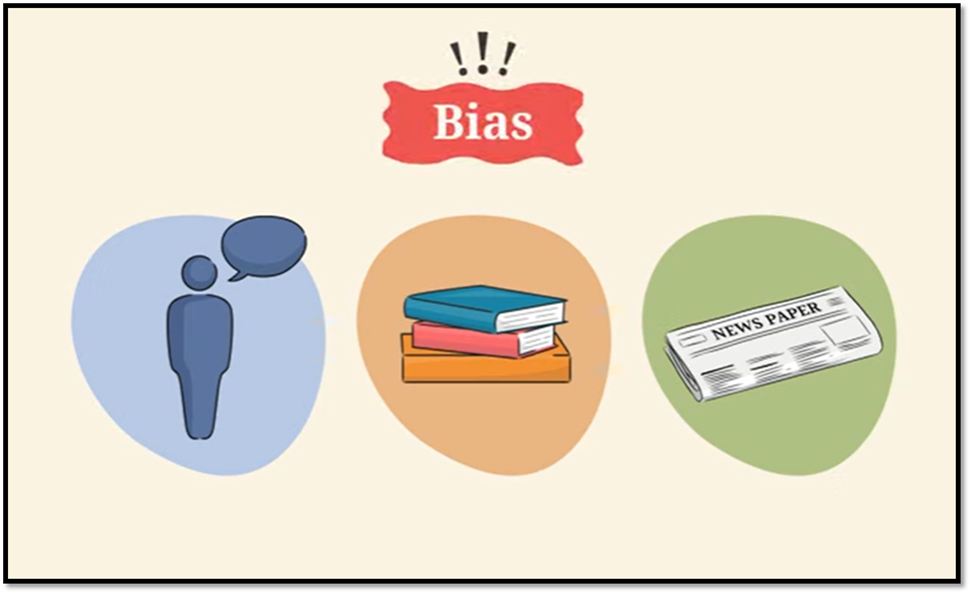
Comparing and contrasting different perspectives in world
history helps us to break down information, categorize it, and analyze it in a
way that leads to a deeper understanding of the past. This skill enables us to
see beyond our biases and appreciate the world's complexity, fostering a sense
of curiosity and critical thinking essential for lifelong learning. So, as we
dive into the stories of our past, let us embrace the challenge of
understanding the many perspectives that make up our world's rich history.
In the intricate tapestry of world history, events are
intertwined in complex ways, creating a web of cause and effect that shapes the
course of human civilization. While some of these relationships are direct and
easy to identify, others are indirect, unfolding over time and distances. To
understand how indirect cause-and-effect relationships have impacted people,
places, and events in world history, we must dig deeper, connecting the dots
and uncovering the hidden threads that bind the past together.
The Nature of Indirect
Cause-and-Effect Relationships
Indirect cause-and-effect relationships are only sometimes
immediately apparent. They may take years, decades, or even centuries to
manifest fully, and their impact can be far-reaching and profound. Unlike
direct relationships, where the cause immediately precedes the effect, indirect
relationships involve a chain of events, with the initial cause setting off a
series of reactions that eventually lead to the final outcome.
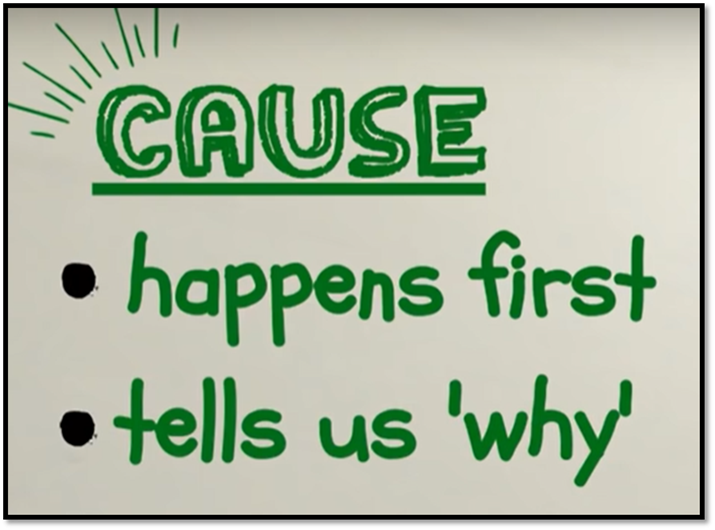
Examples from History:
1.
The Columbian Exchange: When Christopher Columbus landed in the Americas in 1492, it
set off a chain of events that would reshape the world. The Columbian Exchange
refers to exchanging plants, animals, diseases, and ideas between the Old World
(Europe, Asia, and Africa) and the New World (the Americas). While the direct
effects were significant, indirect ones were even more profound. Over time,
crops such as potatoes and corn from the Americas became staple foods in
Europe, leading to population growth and societal changes. Meanwhile, diseases
brought by Europeans devastated Indigenous populations in the Americas, leading
to loss of life and cultural disruption.
2.
The Industrial Revolution: The invention of the steam engine in the 18th century was a
direct cause of the Industrial Revolution, transforming manufacturing and
transportation. The indirect effects, however, were even more significant. The
shift from agrarian societies to industrial urban centers led to social and
economic changes, influencing politics, education, and family life. The
increased resource demand also fueled colonialism and environmental
degradation, still felt today.
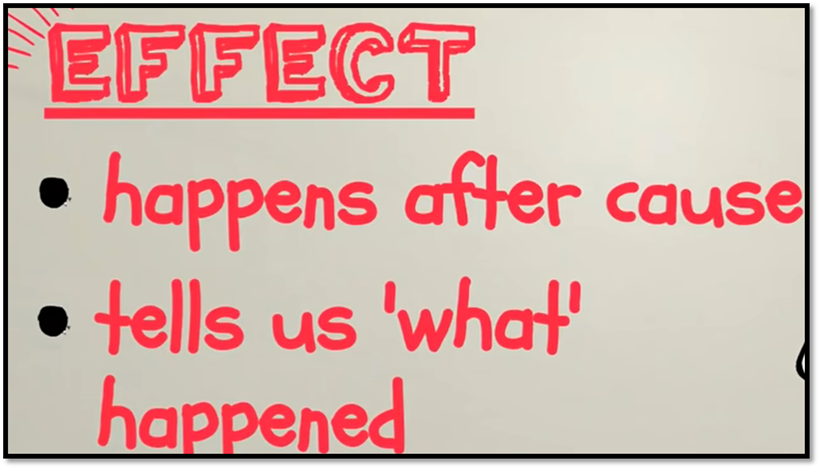
Understanding the
Connections
To understand indirect cause-and-effect relationships in
history truly, we must be willing to look beyond the surface, tracing the
connections and considering the broader context. This requires critical
thinking and analysis and an appreciation for the diversity of perspectives and
experiences that shape our world.
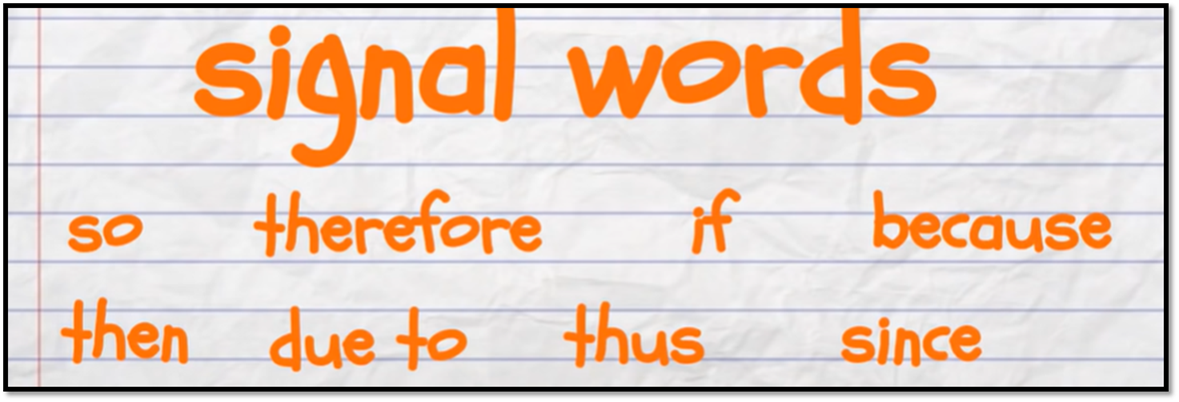
Indirect cause-and-effect relationships are crucial in
shaping history, influencing people, places, and events in ways that may not be
immediately apparent. By learning to identify and analyze these relationships,
we gain a deeper understanding of the past, recognizing the complexity of
historical events and the interconnectedness of our world. This skill not only
enriches our knowledge of history but also enhances our ability to think
critically and make connections, preparing us for a future where we can
navigate the complexities of our world with insight and understanding.
Analyzing Connections Across History and Geography
Have you ever wondered how events that happened hundreds of
years ago and thousands of miles away can still influence our lives? History is
a series of isolated events and a complex web of connections across time and
place. By analyzing these connections, we can uncover the deeper stories behind
the people, places, experiences, and events that have shaped our world.
What Does it Mean to
Analyze Connections in History?
Analyzing connections in history involves identifying the
important elements of different topics and examining how they are interrelated.
This requires careful observation, critical thinking, and drawing links between
seemingly unrelated events. It also involves activating our prior knowledge, as
understanding the past can provide valuable context and insights into the
present.
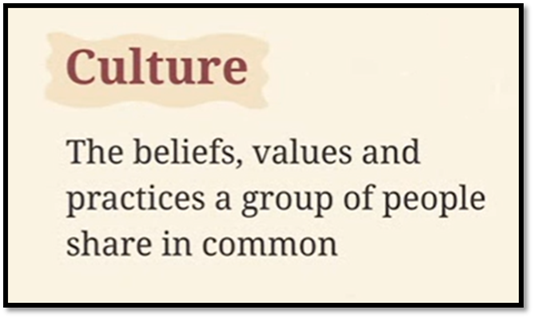
Making Connections
Across Time
History is full of examples of how events from one time have
influenced another. For instance, the development of agriculture around 10,000
years ago revolutionized human societies, leading to settled communities, the
rise of civilizations, and the development of new technologies. These changes
set the stage for everything that followed, from ancient empires to the modern
world. By analyzing the connections across time, we can trace the evolution of
ideas, technologies, and societies, gaining a richer understanding of how the
past has shaped the present.
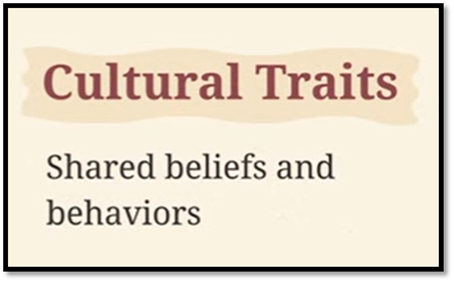
Making Connections
Across Places
Just as events are connected across time, they are also
connected across geography. The Silk Road, a network of trade routes that
connected Europe and Asia, is a prime example. These routes exchanged goods,
ideas, and technologies, influencing cultures and economies across continents.
The spread of papermaking from China to the Middle East and Europe, for
example, profoundly impacted communication, education, and the spread of ideas.

Using Prior Knowledge
Analyzing connections across time and place requires us to
draw upon prior knowledge. For instance, understanding the impact of the Silk
Road on world history requires knowledge of geography, trade, and the cultures
involved. By activating what we already know and connecting to new information,
we can build a more complex and nuanced understanding of the past.

History is a rich tapestry of interwoven events, people, and
places. By analyzing the connections across time and place, we uncover the
hidden threads that bind our world together, gaining insight into the forces
that have shaped our history. This analytical thinking deepens our
understanding of the past and enhances our ability to make connections, think
critically, and navigate the world's complexities today. So, let’s embrace the
challenge of connecting the dots, exploring the rich tapestry of our world's
history, and discovering the stories that lie beneath the surface.
Understanding Rights, Responsibilities, and Ethical Use
of Materials
Being a responsible citizen involves understanding and
embracing our rights and responsibilities, especially in today's digital age,
where information is readily accessible. It also includes using materials
ethically, respecting intellectual property rights, and avoiding plagiarism. To
better understand their significance and implications, let's delve deeper into
these concepts.
Rights and
Responsibilities of Citizens
Citizenship comes with a set of rights and responsibilities
that work hand in hand to ensure a functioning and fair society. While citizens
have the right to express themselves, practice their religion, and vote, they
also have the responsibility to respect the rights of others, obey laws, and
contribute positively to their community. Being informed and active citizens
ensures that democracy thrives and justice prevails.
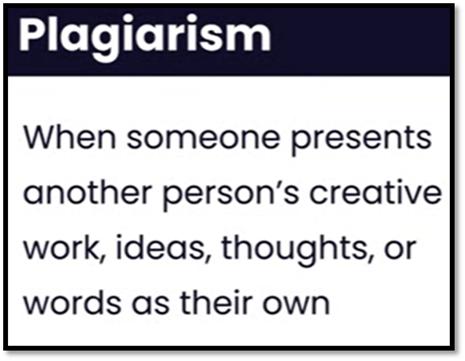
Intellectual Property
and Ethical Use of Materials
Intellectual property refers to creations of the mind, such
as inventions, literary and artistic works, designs, symbols, names, and
images. Just like physical property, intellectual property needs to be
protected and respected. When using someone else's work, whether text, images,
or ideas, it is essential to give them proper credit. This not only respects
the creator's rights but also upholds the integrity of your own work.
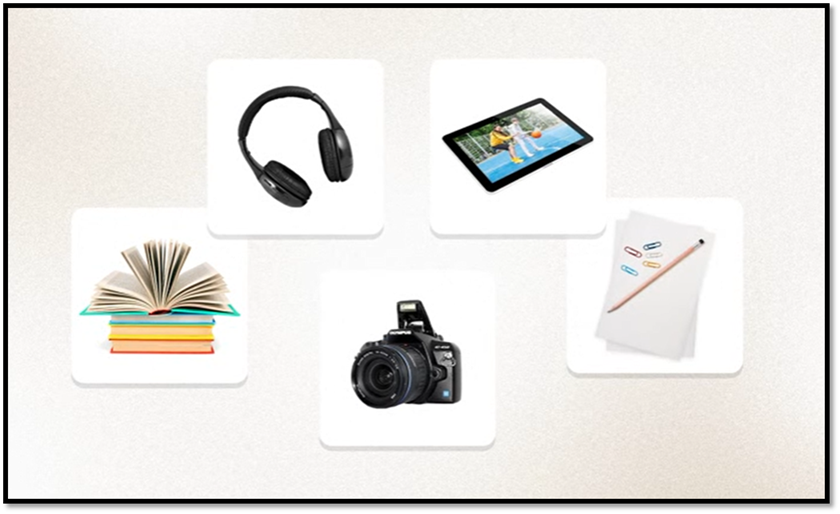
Avoiding Plagiarism
Plagiarism is using someone else's work, ideas, or
intellectual property without proper attribution. It is considered a serious
offense in educational institutions and the professional world. Plagiarism can
take various forms, including copying text, using someone else's ideas without
giving credit, or submitting someone else's work as your own. To avoid
plagiarism, always cite your sources accurately and paraphrase or summarize
information in your own words while maintaining the original meaning.
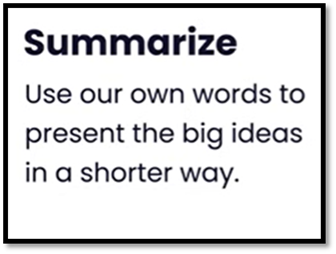
Consequences of
Plagiarism
The consequences of plagiarism are significant and can
include failing grades, academic probation, loss of credibility, and legal
repercussions. Schools and universities take plagiarism very seriously and have
strict guidelines and penalties for those violating intellectual property
rights. Understanding these consequences and upholding academic integrity is vital
to being a responsible and ethical student.
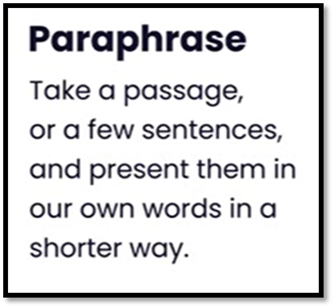
Being a responsible citizen involves more than just
understanding our rights; it requires us to uphold our responsibilities and
make ethical choices, especially when using materials and intellectual
property. By respecting the work of others, avoiding plagiarism, and practicing
ethical use of materials, we contribute to a culture of integrity and fairness.
This benefits us as individuals and strengthens our society's fabric, ensuring
that creativity and innovation thrive. So, let's embrace our responsibilities,
respect intellectual property rights, and nurture a community of responsible
and ethical citizens.